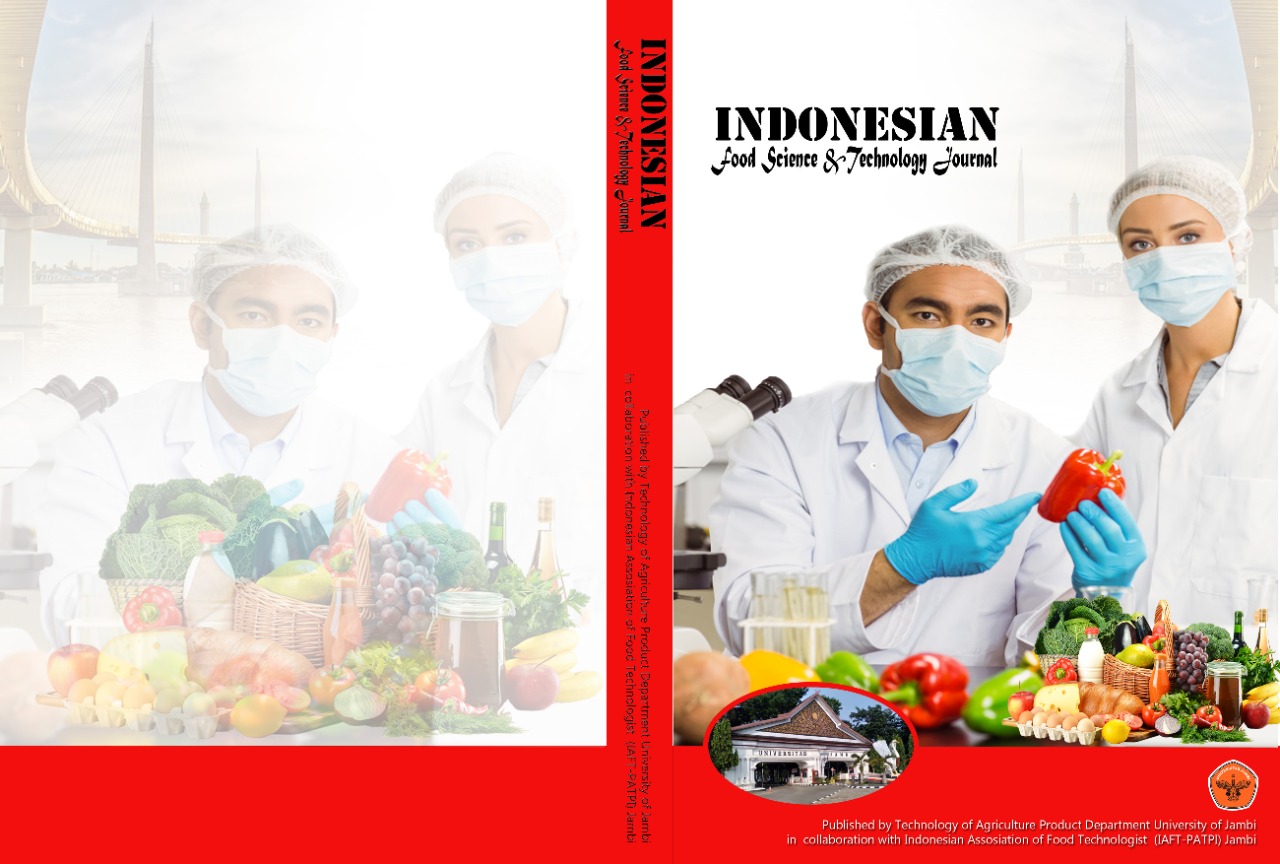Characterization on Safety Risks of Commercial Cheese in Indonesia
DOI:
https://doi.org/10.22437/ifstj.v7i2.34033Keywords:
cheese, pH, profile, registration number, water activityAbstract
Most cheeses with water activity above 0.85 and a pH above 4.6 are classified as low-acid foods. They should be distributed and stored on a cold chain when packaged hermetically to prevent the growth of C. botulinum spores. This study aimed to profile cheese and characterize its risks. Data of cheeses with a registration number were obtained from The Indonesian Food and Drug Authority while data of cheeses without a registration number were obtained through a survey in supermarkets, e-commerce, and social media from November 2023 to February 2024. The number of marketed cheeses in Indonesia is 600, with 464 cheeses having a registration number and 146 cheeses not having a registration number. The representative 86 samples out of 600 commercial cheese products were analyzed for their water activity, pH, and moisture content. The analysis revealed that ripened cheese had the lowest water activity, moisture content, and pH among the cheeses. Research has shown that 93% of cheese samples are low-acid foods. The results of the risk category showed that 7% of cheeses were low risk, 70% were medium risk, and 23% were at high risk of Clostridium botulinum spore growth.
Downloads
Downloads
Published
How to Cite
Issue
Section
License
Copyright (c) 2024 Indonesian Food Science and Technology Journal

This work is licensed under a Creative Commons Attribution 4.0 International License.







